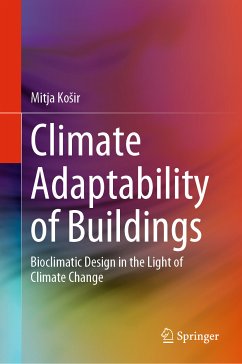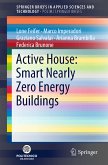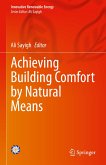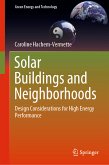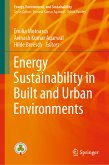- Why do we construct buildings and why do they matter?
- Where should we get started with bioclimatic design?
- The opportunities and potential held by climate for the by bioclimatic architecture and design.
- How and why should we design bioclimatic buildings to accommodate future climatic conditions?
- Climatic changes and implications for the bioclimatic design of buildings.
The author presentsan overview of effective bioclimatic design strategies that enable climate-adaptable buildings. He also addresses the problems of designing with climate, which are relevant for all types of building design-in particular, the implications for bioclimatic buildings that are intrinsically connected to the climate they were adapted to. The book combines representative examples, diagrams, and illustrations, and concludes each chapter by reviewing the most important findings and concepts discussed.
The book offers a valuable source of information for researchers and architectural engineers, who will gain essential insights into the process of using the available tools and data to design buildings that can respond to future climate challenges, as well as a general introduction into the field of bioclimatic building design. The book will also be of interest to graduate students and architects, as it approaches bioclimatic design with a particular focus on the analytical design process for such buildings.
Dieser Download kann aus rechtlichen Gründen nur mit Rechnungsadresse in A, B, BG, CY, CZ, D, DK, EW, E, FIN, F, GR, HR, H, IRL, I, LT, L, LR, M, NL, PL, P, R, S, SLO, SK ausgeliefert werden.

